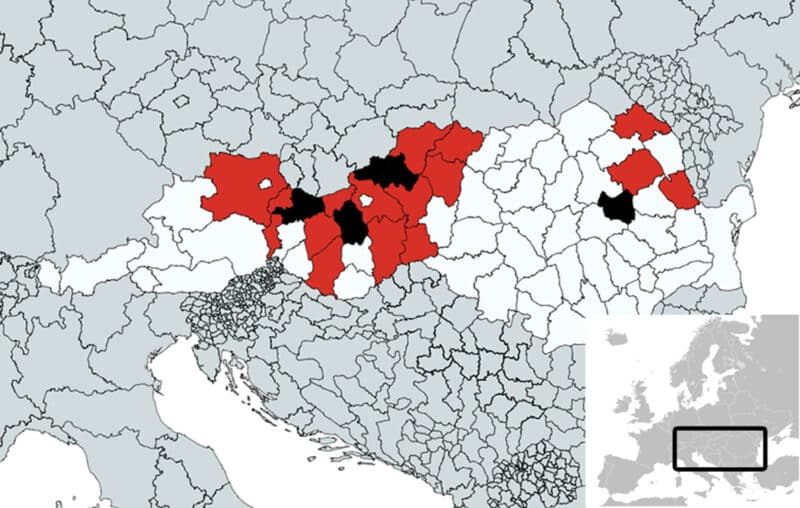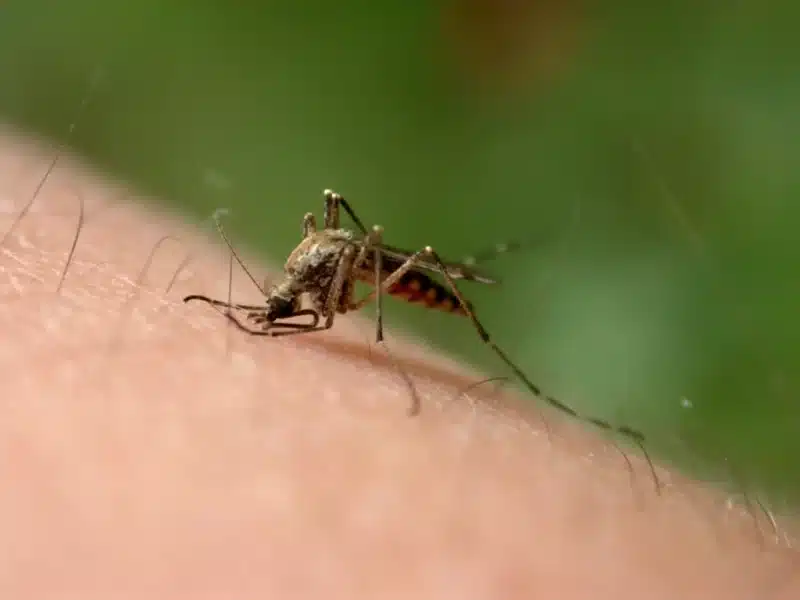Urban malaria is a common problem in many areas. Scientists believe that the wind may help in the transmission of mosquitoes. Malaria is a mosquito-borne disease that affects many people in many parts of Asia and Africa. It spreads through the bites of infected female Anopheles stephensi mosquitoes in cities.

The Geographical Spread and Strategy
Like the larvae of the Aedes aegypti, the An. stephensi mosquito larvae also thrive in spaces, containers, and old tires that are close to where humans live in cities. That is why urban malaria is spreading like wildfire. In Africa, the cities of Khartoum, Kinshasa, Lagos, and Abidjan are suffering from this disease. Research reveals that the spread of urban malaria to the northern part of Africa is due to human travel via airplanes or ships.
The eggs of these mosquitoes are prone to dehydration. They are not viable anymore after two days of low humidity exposure. This weak point limits the bulk transport of mosquito eggs. It also lowers the possibility of increasing the urban malaria mosquito population in the area. Young An. stephensi mosquitoes can live in standing freshwater. This allows the convenient transport of these young mosquitoes to various ports through waterways.

The Journey of An. stephensi
This species of urban malaria mosquito has traveled across Asia. It has spread to Goa, Sri Lanka, and the Lakshadweep Islands. The species conquered the northernmost part of Africa and the Red Sea. After four years, it spread to the southwest areas of Arabia. From 2012 to 2020, the An. stephensi was discovered in Ethiopia, Djibouti, and Sudan.
The journey of this urban malaria mosquito species is slower than the other ones like Aedes albopictus. It took 30 years for the Aedes sp. to go inland. In 40 years, the An. stephensi was able to spread throughout an entire continent. This period was all it took for Aedes sp. to cover five continents.
Busy Highways and Genetic Variables
There are many factors in the spread of An. stephensi transmission. Over time, there are variations, such as mosquito invasions or colonizing efforts in Africa. This species made it to the southwest areas of the Arabian Peninsula in 2008. Scientists believe that this was likely the result of many mosquito invasions.
Research shows that there is a huge genetic similarity between the species of mosquitoes in Djibouti, Ethiopia, and Sudan. North Kenya has urban malaria mosquito populations that are similar to those in Yemen, India, and Nigeria. Research indicates that the An. stephensi reached the Southwestern Arabian Peninsula by the wind. Because of strong winds, mosquitoes from southeast Asia reach Mali. At speeds of about 10 meters per second, mosquitoes in the southern and western Arabian Peninsula may arrive at the Red Sea in just seven hours.

Genes
There is considerable mosquito diversity in An. stephensi in Ethiopia. This is because of the mosquito transport by ship and land vehicles over the years. This shows that there have been many urban malaria mosquito invasions in a short period. The urban malaria mosquito invaders likely came from the African coast, which is 30 to 250 kilometers away.
There is recent genetic evidence that the urban malaria mosquitoes from Ethiopia, Djibouti, and Sudan are similar to those in Yemen. Windborne invasions and migrations by man-made air or maritime transport prove why there is a large mosquito population in the Horn of Africa.
Busy Wind and Transport Systems
Research shows that the strong winds from the Arabian Peninsula to the North East part of Africa delivered half of Mali’s urban malaria mosquito population. Favorable winds in high altitudes can cross the Red Sea in one to seven hours, as long as the wind speed is 10 meters per second.

Human Presence
The increase in human populations also contributes to the spread of urban malaria mosquito populations. This combines with the increase in human settlement density and breeding areas. More suitable mosquito hosts also helped the mosquitoes survive in these areas.
Ship and plane engagement encourage the invasion of An. stephensi into many continents. The trajectory of the wind can help scientists to pinpoint the source of urban malaria mosquito populations and their newly invaded areas. Scientists conclude that wind movement contributes to the increase in the spread of urban malaria more than human movement.